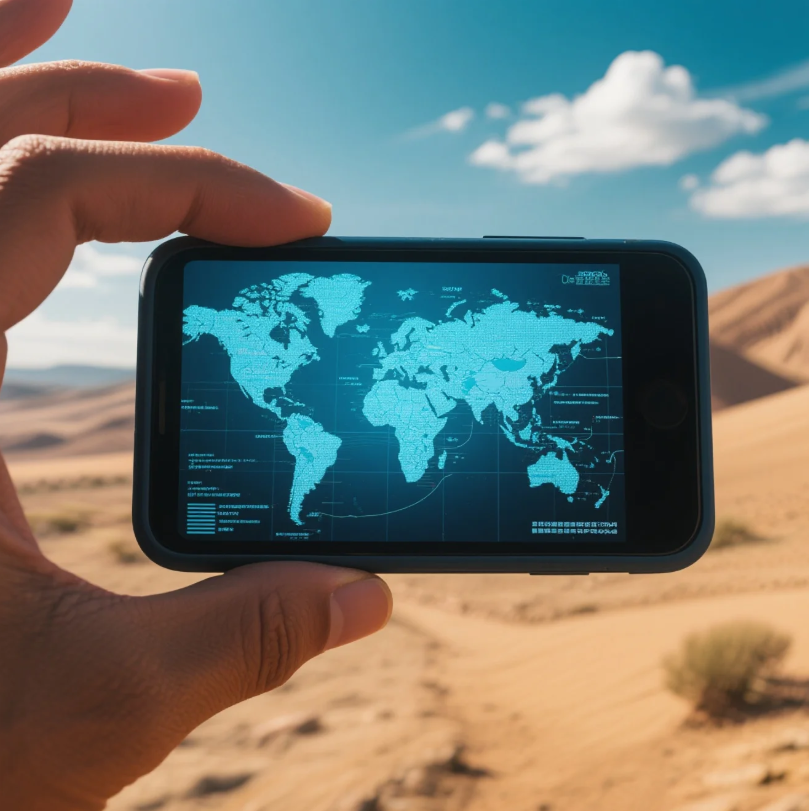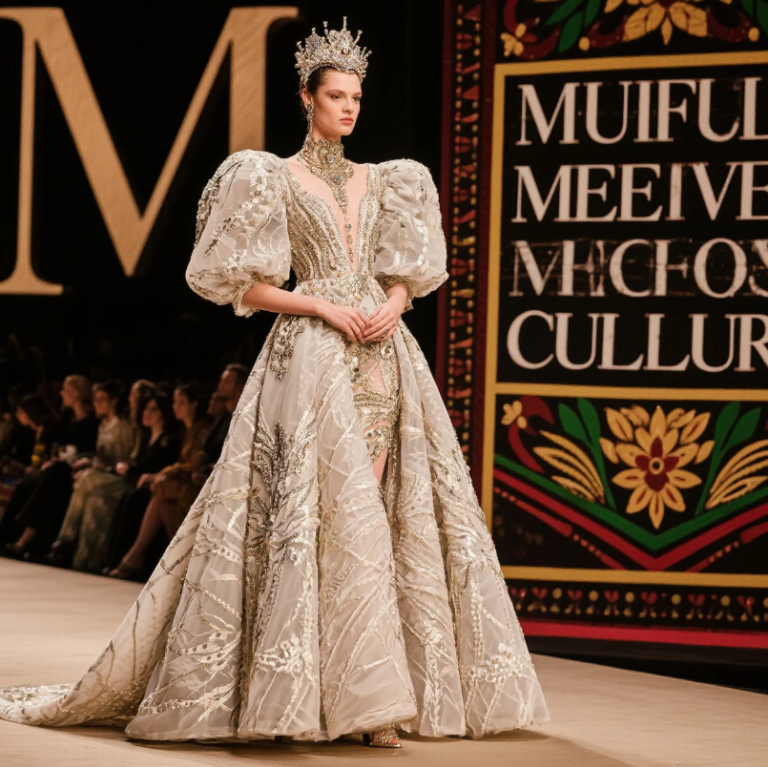
🌐From Ancient Trade Routes to Digital Threads
The Silk Road once wove together continents through the exchange of silk, spices, and stories. Today, a new kind of Silk Road exists—one that’s digital, instantaneous, and draped in hashtags. Welcome to the era where fashion influencers are the modern-day merchants, trading styles and trends across the globe at the speed of a swipe.
📱 The Rise of the Digital Fashion Bazaar
In the bustling marketplace of social media, platforms like TikTok, Instagram, and YouTube have become the new caravanserais. Here, influencers showcase their “Outfit of the Day” (#OOTD), blending cultural aesthetics with personal flair. This digital bazaar transcends borders, allowing a teenager in Tokyo to inspire a fashionista in Toronto, and vice versa.
Consider the phenomenon of micro-trends—fleeting fashion waves that surge and recede within weeks. Influencers are the catalysts, introducing niche styles like “cottagecore” or “dark academia” to a global audience, who then adapt and reinterpret them within their cultural contexts.
🌍 Influencers as Cultural Ambassadors
Fashion influencers are more than trendsetters; they’re cultural ambassadors. By incorporating traditional garments or motifs into contemporary outfits, they pay homage to their heritage while making it accessible to a broader audience.
For instance, Arab women are leveraging user-generated content platforms to showcase their style, blending luxury handbags with traditional attire, thereby negotiating their roles in modern society.
Similarly, African traders in Mozambique use WhatsApp to mediate Chinese fashion for their customers, illustrating how digital platforms facilitate cross-cultural fashion exchanges.
🛍️ The Power of Real-Time Influence
The immediacy of digital platforms means that a fashion trend can go from obscurity to ubiquity overnight. Influencers attend fashion weeks, live-stream events, and provide instant reviews, allowing their followers to experience global fashion moments in real time.
This real-time influence extends to consumer behavior. Platforms like LTK (formerly RewardStyle) have revolutionized shopping by enabling influencers to monetize their content directly, turning likes and shares into sales.
🎥 The Intersection of Fashion and Entertainment
Television and streaming platforms have become unexpected fashion runways. Shows like “Emily in Paris” and “Euphoria” have sparked massive increases in fashion-related online searches, with costume designers gaining celebrity status.
Influencers capitalize on this by recreating iconic looks from these shows, further blurring the lines between entertainment and fashion. This synergy amplifies trends and cements the influencer’s role in the fashion ecosystem.
🌱 Sustainability and Ethical Considerations
With great influence comes great responsibility. As fashion influencers promote new trends, they also face scrutiny regarding sustainability and ethical practices. The fast-paced nature of micro-trends can contribute to overconsumption and waste.
However, many influencers are advocating for sustainable fashion, encouraging practices like thrifting, upcycling, and supporting ethical brands. This shift reflects a growing awareness and a desire to balance style with responsibility.
🧭 Navigating the Digital Silk Road
The digital Silk Road is a complex network of cultural exchange, commerce, and creativity. Fashion influencers serve as guides, navigating this terrain with a blend of authenticity, adaptability, and aesthetic sensibility.
As we traverse this digital landscape, it’s essential to engage with fashion content critically, appreciating the cultural contexts and ethical implications behind the trends. In doing so, we can celebrate the diversity and dynamism that fashion influencers bring to our global wardrobe.



